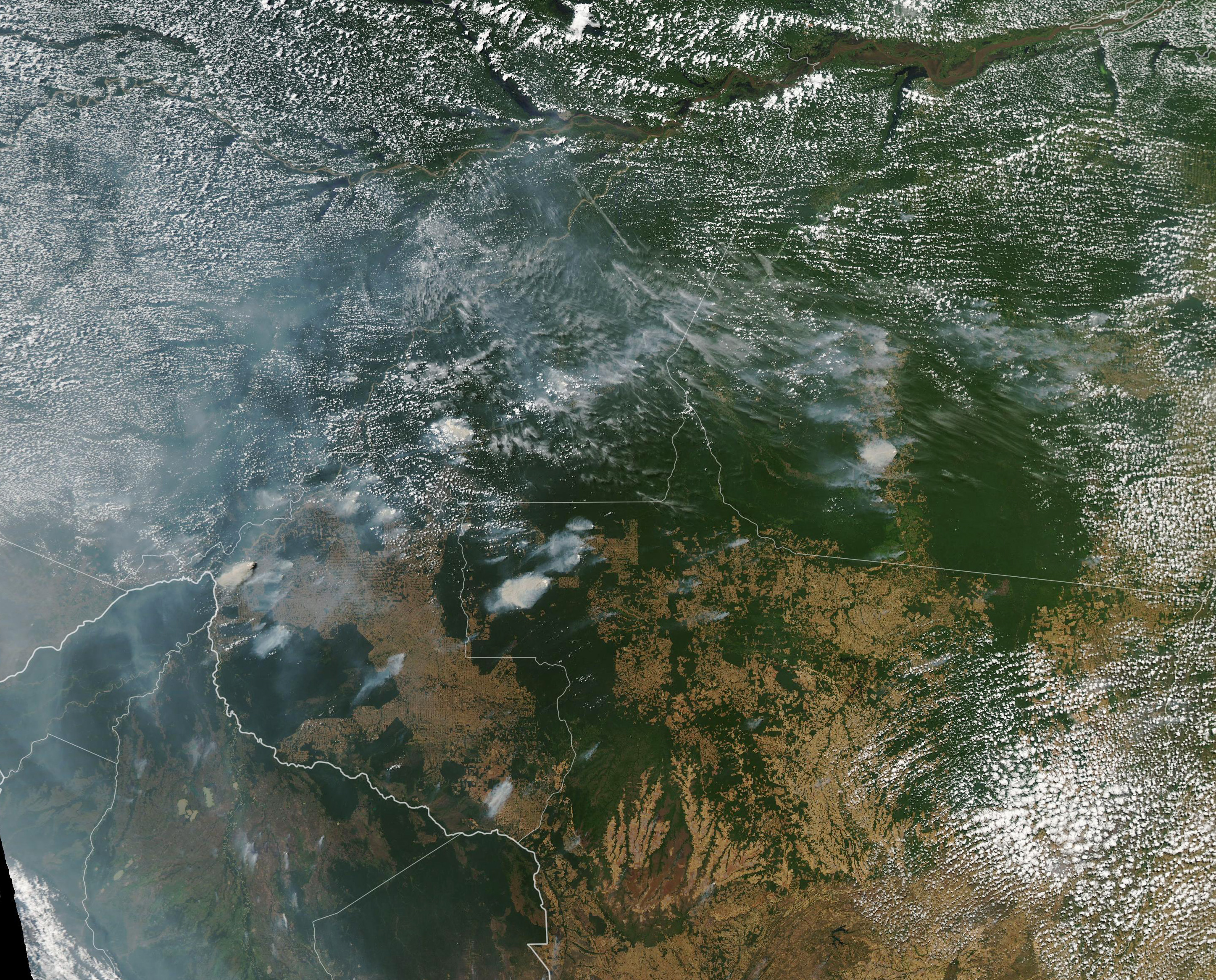
EXPERT REACTION: Fires in the Amazon
Big sections of the Amazon are on fire and smoke from the fires is now visible from space. Over 74,000 fires have happened this year to date, which scientists have said are 85 per cent more than last year. As the Amazon provides the world with a large amount of its breathable oxygen, it has been stated that the fires could have a significant impact on climate change.
Organisation/s: University of Tasmania, James Cook University, CSIRO, Griffith University, The University of Newcastle
News for:
Australia
NSW
VIC
QLD
TAS
ACT
Media contact details for this story are only visible to registered journalists.


Expert Reaction
These comments have been collated by the Science Media Centre to provide a variety of expert perspectives on this issue. Feel free to use these quotes in your stories. Views expressed are the personal opinions of the experts named. They do not represent the views of the SMC or any other organisation unless specifically stated.
Dr Petr Matous is a humanitarian and environmental engineer from the University of Sydney’s School of Civil Engineering